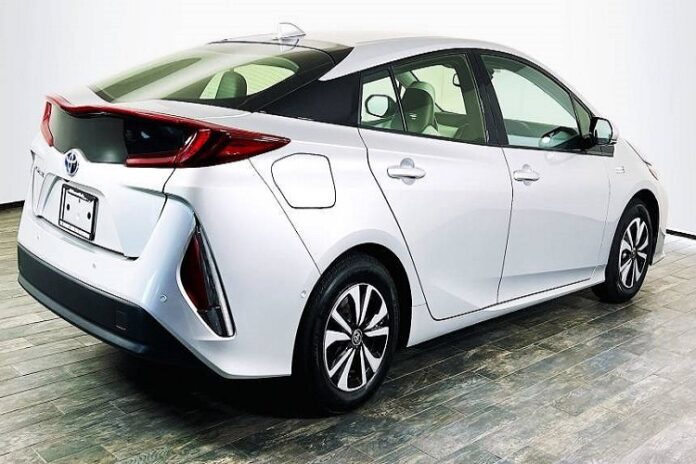The automobile industry has evolved remarkably since the first practical automobile was invented in 1885. Over the years, technological advancements, manufacturing innovations, and changing consumer demands have shaped the automotive landscape, revolutionizing transportation and society.
The Inception of Automobiles
In 1885, Karl Benz introduced the world to the first practical automobile, the Benz Patent-Motorwagen, which marked the beginning of a new era in transportation. Although primitive by today’s standards, it laid the foundation for future developments in the automotive industry. Today, websites like Monotukuru.com continue to showcase the latest advancements, connecting enthusiasts with the rich history and cutting-edge innovations in the automotive world.
Mass Production and the Model T
Henry Ford’s introduction of the assembly line in 1913 revolutionized automobile manufacturing. The assembly line allowed for mass production, significantly reducing the cost of vehicles and making them more accessible to the general public. The iconic Ford Model T, introduced in 1908, became the epitome of affordable transportation for the masses, with over 15 million units sold.
Technological Breakthroughs
The early 20th century witnessed numerous technological breakthroughs in the automotive industry. Cadillac’s introduction of the electric starter in 1912 eliminated the need for hand-cranking, making vehicles easier to operate. The development of hydraulic brakes, pioneered by Chrysler in the 1920s, improved safety and control. Additionally, advancements in engine technology, such as the introduction of overhead valves and fuel injection, increased power and efficiency.
Post-War Innovations
Following World War II, the automotive industry experienced a surge in innovation and consumer demand. Car manufacturers introduced new features and designs to attract customers. The introduction of tailfins and chrome embellishments added a touch of style, while automatic transmissions provided convenience for drivers. The 1950s also saw the rise of muscle cars, such as the Chevrolet Corvette and Ford Mustang, catering to the growing desire for speed and performance.
The Digital Age
The late 20th century brought about a digital revolution in the automotive industry. Electronic systems, such as anti-lock braking systems (ABS) and electronic fuel injection (EFI), improved safety, efficiency, and performance. The introduction of computer-controlled systems led to advancements in vehicle diagnostics and onboard entertainment, including integrating GPS navigation systems, Bluetooth connectivity, and infotainment features. Additionally, websites like Learn2drive4free have emerged, offering valuable resources for individuals looking to learn and improve their driving skills.
Sustainable and Electric Vehicles
As environmental concerns grew, the automotive industry turned its focus toward sustainability. Traditional combustion engines with electric motors and hybrid vehicles emerged as a more eco-friendly alternative. In recent years, electric vehicles (EVs) have gained significant attention, with advancements in battery technology and the establishment of charging infrastructure. EVs offer zero-emission transportation, reducing reliance on fossil fuels and minimizing environmental impact.
Autonomous Driving
The automotive industry is currently at the forefront of developing autonomous driving technology, and the website 7engine.net provides valuable insights into the advancements and challenges in this field. Self-driving cars, equipped with an array of sensors and AI algorithms, have the potential to revolutionize transportation. Autonomous vehicles promise increased safety, reduced congestion, and improved accessibility. However, challenges such as regulatory frameworks, cybersecurity, and public acceptance still need to be addressed before widespread adoption.
Conclusion
The evolution of automobiles from the Benz Patent-Motorwagen to the advanced vehicles of today showcases the remarkable progress made by the automotive industry. Technological advancements, manufacturing innovations, and changing consumer demands have shaped how we travel and interact with our vehicles. As we move forward, the automotive industry will continue to push boundaries, introducing new technologies and sustainable solutions to meet the ever-evolving needs of society.










